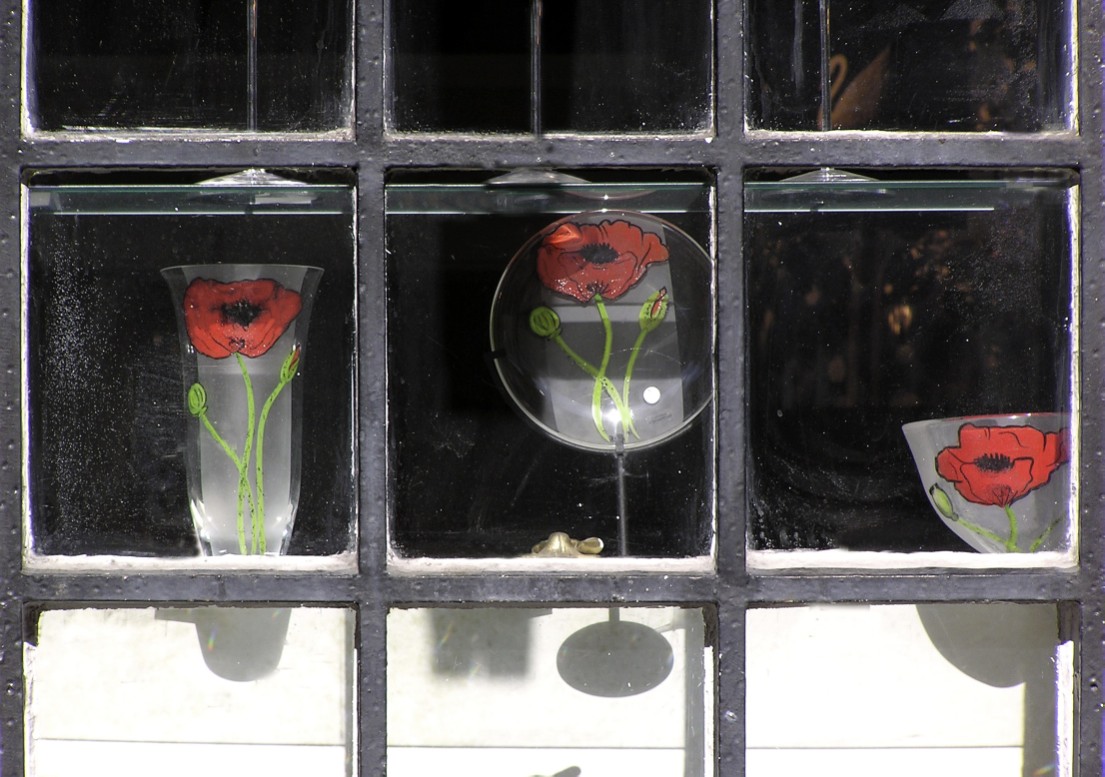
Where does the American emphasis on individuality, individual identity and internal locus of control come from? How does it relate specifically to Joe Luft’s Quad One? First, with regard to its origins, an adequate analysis of the etiology of Western individualism requires a book or two—and has been offered in diverse form by many authors. I am impressed with three analyses. One of these is relatively proximal (close) with regard to time and space. This analysis focuses on the 18th Century decline of “public man” in Europe. A second analysis is more distal (distant) with regard to time (though not space). It concerns the emergence of an individualistic Protestant faith and ethic in the 15th Century. A third analysis is quite distal. It focuses on the basic character of Western Civilization that is founded in the individualizing agrarian environment of pre-Christian societies. I will briefly touch on each of these three analyses and relate them directly to internal locus of control and Luft’s Quad One.
Decline of Public Man
First, we turn to 18th Century Europe and Richard Sennett’s analysis of shifts in perspective regarding private and public self. Sennett suggests that a major change occurred in the social structure of European society during the 18th Century, which continues to influence our interpersonal relationships and perceptions of other people. Prior to the 18th Century most Europeans of the middle class or upper class tended to “dressed up” at home and to “dress down” (informal dress) in public. The informality of dress in public was quite understandable given the deplorable conditions of village, town and city life during these pre-18th Century times. When “decent” people went outside they would encounter muddy streets in which garbage and sewage was thrown, few if any sidewalks, unregulated commerce and abundant crime. Why dress up in such a setting? Rather, one dressed formally at home, where these deplorable conditions did not exist and where the hosting of other people was common and expected in “polite” society.
Sennett proposed that the informality of public life spread far beyond the choice of clothing. He noted that the pre-18th Century theaters in Europe were also venues for informality and (in Johari terms) display of a large Quad One. There was very little separation between the actors and audience. The entire theater was lit, not just the stage. As we all know from movies about (or own participation in) melodramatic theater, members of the audience would hurl insults (even tomatoes or other objects) at the actors—especially the villains. Actors would actually talk back to members of the audience—anticipating the new forms of theater of the late 20th Century!
During the 18th Century all of this changed—for a variety of reasons that we need not dwell on in this essay. The formal and guarded life of people shifted from their home to the streets. They now began to dress up in public and dress down at home. Formal attire was accompanied by perfumes (for both men and women) and rigid public manners and rituals. Theaters changed at the same time. The lighting was now directed specifically to the actors on stage, with the audience sitting quietly (except for applause and occasional laughter) in the dark.








